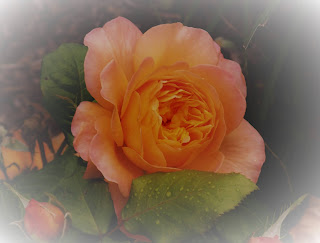Spring Time in the Calder Valley
I am pleased to announce a new series of nature articles - Wildlife Watch - in the Halifax Courier newspaper. The piece below is a longer version of the first of these articles, published in the Courier on 15th April, and is also taken from a forthcoming collection of my Calder Valley nature writings.
These last few weeks, many must have felt a quiet
joy in witnessing, at the close of a difficult winter, the early signs of
spring. Even those of us who like winter
can't fail to appreciate the lighter nights, the unfurling buds and colour
slowly rolling across the Calder Valley landscape. Outside my window in
Sowerby Bridge, the canal towpath is glistening with dandelions, daffodils,
anemones, primroses. At the wharf, and
in front of the church, blossom trees are budding, igniting brightening air in
soft pink kisses, like confetti at an unexpected wedding.
Further on, I was surprised a few weeks ago to notice a smattering of what looked from afar like toadstools, but turned out to be butterbur - Petasites hybridus, to be precise - a small shrub with sparkling spikes of purplish flowers, native to Europe and northern Asia. Now spreading across the immediate vicinity, these relations of the daisy are a boon for bees. Invertebrates generally are more in evidence now - close inspection of leaves, walls and walkways has recently revealed ladybirds, shield bugs, and, on the pavement at the Albert Promenade, my first millipede of 2021. On light, lukewarm evenings, occasional butterflies hover above my garden.
All along the canal, trees are dotted with dunnocks, sparrows, solitary robins, restless wrens flitting branch to branch, goldfinches and long-tailed tits, slate-blue pigeons bending branches with their weight. As you head up towards Warley and the Luddenden valley, the terrain may be less verdant, but signs of spring are evident even as rusty orange autumn leaves still clog woodland walkways. Beneath the boughs of leafless trees, newborn lambs wobble nervously, the tangled skeletons of hedgerows begin to twinkle with emerging flowers. There is still a nip in the air, and if forecasts are to be believed we have not yet seen the last of the cold - here in Sowerby Bridge we have had occasional, intermittent snow. But all the same, listen to the growing choruses of birdsong, see the flowers bringing new colours to towpaths and trees, the bugs, bees and butterflies starting to flutter into view like returning friends. All these things, as we head deeper into April, are flying the flags of spring time in the Calder Valley.








Comments
Post a Comment